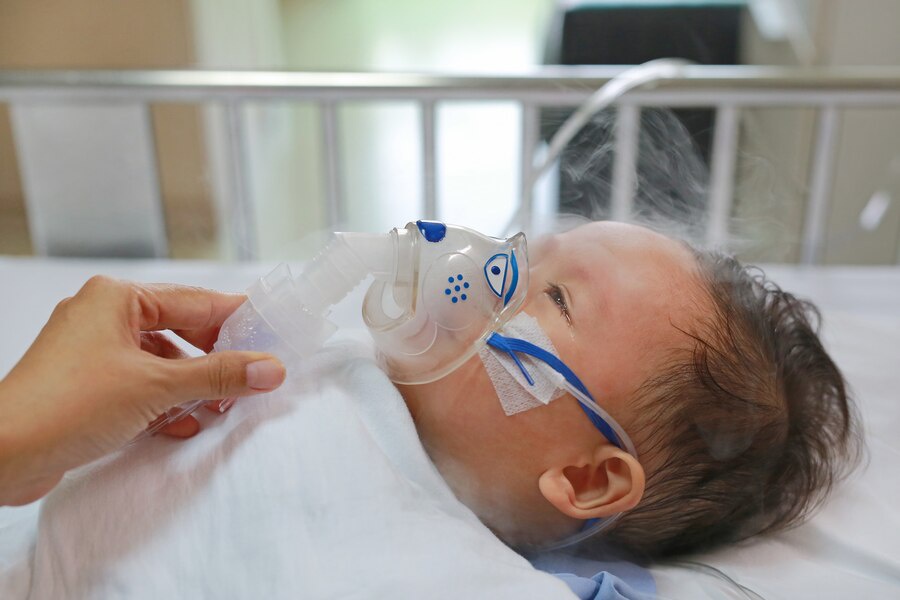Pediatric patient simulators have emerged as pivotal tools for enhancing the training of healthcare professionals. These advanced simulators are designed to mimic the physiological responses and clinical conditions of infants and children, providing a realistic and risk-free environment for medical students, residents, and practicing clinicians to hone their skills.
Pediatric patient simulator come equipped with a variety of features that replicate the complex physiology of young patients. These include responsive vital signs, anatomically accurate airway structures, and the ability to simulate a wide range of medical conditions such as asthma attacks, allergic reactions, and cardiac events. By offering a realistic platform for practice, these simulators help trainees develop proficiency in pediatric care, which is critical given the unique medical needs and vulnerabilities of children.
One of the key benefits of using pediatric patient simulators is the opportunity for repetitive practice. Unlike real clinical settings where opportunities to treat specific pediatric conditions may be infrequent, simulators can recreate these scenarios on demand. This allows learners to repeatedly practice procedures such as intubation, intravenous line insertion, and resuscitation, thereby improving their technical skills and confidence.
Furthermore, pediatric simulators enable the safe practice of high-stakes scenarios. Emergency situations, such as neonatal resuscitation or severe allergic reactions, can be life-threatening if not handled correctly. Simulators provide a controlled environment where trainees can experience these high-pressure situations without the risk of harm to actual patients. This hands-on experience is invaluable for preparing medical professionals to respond effectively in real-life emergencies.
In addition to technical skills, pediatric patient simulators also play a crucial role in developing non-technical skills such as communication and teamwork. Effective pediatric care often involves coordinating with a multidisciplinary team and communicating clearly with the child’s family. Simulation-based training sessions can incorporate these elements, allowing trainees to practice and refine their interpersonal skills in realistic scenarios.
The impact of pediatric patient simulators extends beyond individual training sessions. By integrating these simulators into medical curricula, educational institutions can standardize training and assessment, ensuring that all students achieve a high level of competence. Additionally, data collected from simulation sessions can be used to identify common errors and areas for improvement, informing curriculum adjustments and enhancing overall educational quality.
As technology continues to advance, pediatric patient simulators are becoming increasingly sophisticated. High-fidelity models now incorporate advanced features such as wireless operation, real-time data tracking, and the ability to simulate complex medical conditions with high accuracy. These innovations are making simulation-based training more immersive and effective, further bridging the gap between classroom learning and clinical practice.
Patient Simulator: Transforming Medical Training Across All Ages
Patient simulators are revolutionizing medical training by providing realistic and dynamic platforms for practicing clinical skills across all age groups. These advanced tools simulate a wide range of physiological responses and medical conditions, allowing healthcare professionals to develop and refine their skills in a safe and controlled environment.
Patient simulator can be broadly categorized into three types: low-fidelity, medium-fidelity, and high-fidelity simulators. Low-fidelity simulators are typically used for practicing basic skills such as taking vital signs and performing simple procedures. Medium-fidelity simulators offer more complex features, such as programmable vital signs and the ability to simulate specific medical conditions. High-fidelity simulators are the most advanced, equipped with sophisticated technology that allows for realistic simulation of complex clinical scenarios, including surgical procedures and emergency responses.
The use of patient simulators offers several significant advantages in medical training. First and foremost, they provide a risk-free environment for practice. Medical trainees can perform invasive procedures, manage critical situations, and make clinical decisions without the fear of causing harm to real patients. This allows for the development of proficiency and confidence that is essential for safe and effective patient care.
Simulators also facilitate experiential learning, which is a key component of adult education. By engaging in hands-on practice, learners can apply theoretical knowledge to real-life scenarios, enhancing their understanding and retention of complex concepts. This active learning approach is particularly effective in medical education, where practical experience is crucial for mastering clinical skills.

Moreover, patient simulators support the development of both technical and non-technical skills. While technical skills such as surgical techniques and emergency procedures are essential, non-technical skills like communication, teamwork, and decision-making are equally important. Simulation-based training provides opportunities to practice these skills in realistic settings, preparing trainees for the collaborative and dynamic nature of healthcare.
Both pediatric and general patient simulators are transforming medical education by providing realistic, safe, and effective platforms for training. These tools are not only enhancing the technical skills of healthcare professionals but also fostering the development of essential non-technical skills. As technology continues to evolve, the role of patient simulators in medical training is set to expand, further improving the quality of healthcare education and patient care.
For more information please visit here: Medical Simulators


No comments yet